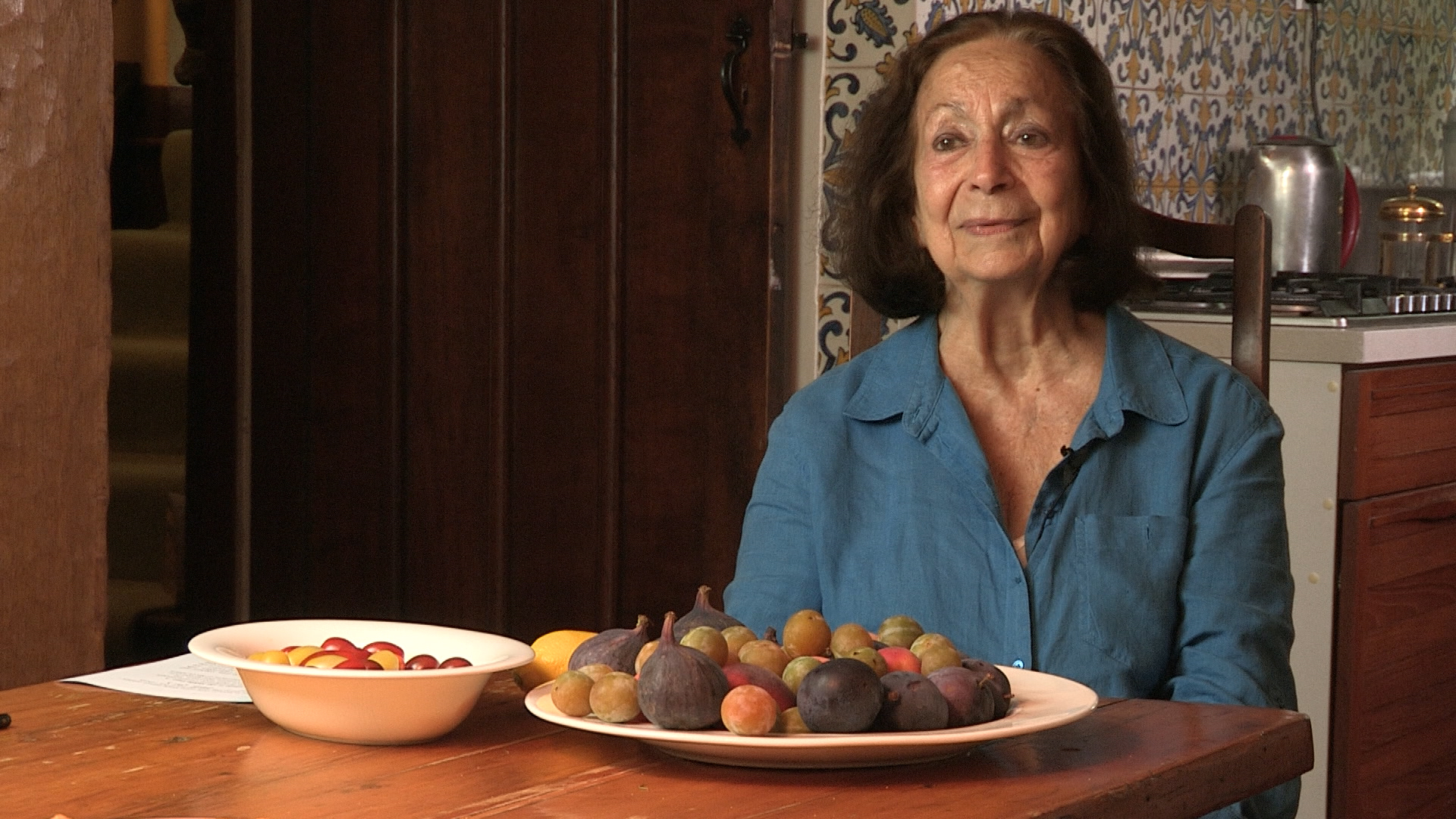NEXT STORY

Financing my trips as a single mother
RELATED STORIES

NEXT STORY

Financing my trips as a single mother
RELATED STORIES


|
Views | Duration | |
|---|---|---|---|
| 61. 'The Muslims didn't eat it' | 03:53 | ||
| 62. Collecting Jewish recipes | 03:40 | ||
| 63. The Jewish community in India | 02:36 | ||
| 64. My experience of South Africa | 5 | 04:08 | |
| 65. The Ashkenazi culture and cuisine | 04:16 | ||
| 66. Financing my trips as a single mother | 04:21 | ||
| 67. Collecting recipes on trains | 2 | 04:24 | |
| 68. Each recipe has a story | 1 | 04:32 | |
| 69. The Cooking of Venice | 2 | 05:22 | |
| 70. Discovering my Jewish roots | 1 | 02:29 |


For me, the American Jewish deli tradition was very, very interesting. The pastrami was something new that was there. But now it's fashionable all over the Jewish communities in France and everywhere else. But this was something that was Romanian Jews brought to America. And they developed it. And you would always have, even in the Chinese restaurant, where they had Jewish inspector, making sure the food was kosher in the kitchen. The main thing that people still would want was pastrami. Pastrami was everywhere.
There was a restaurant that was called The Twins, because two twins, who had been adopted and discovered themselves late in life, were waiters. And they had been adopted by Jewish families. So, their restaurant... people went to look at the two waiters who were twins. But it was a Romanian Jewish cuisine of New York. And so, I was discovering a kind of Ashkenazi cuisine that had developed there. I also discovered in Vienna, I went to Hungary, I went to Budapest. And I did have names of Jews there. And I could see, yes, the kind of grand dishes of the Austro-Hungarian Empire that had come into the Jewish menu, or the Ashkenazi Jewish menu. The cheesecakes, and in Hungary as well. Because there had been big Jewish communities there, when those cities had allowed Jews in. When there was the enlightenment. Because before that, what was known as Jewish food, which we really know most as Jewish food, is food of the Jews who lived in Shtetels. And in ghettos. And in the pale of settlement. And this was, they had been restricted to areas, or restricted in ghettos in Germany first, in Poland, and of course in Italy later. But in those ghettos, they had developed a particular culture, starting in Germany, which was the Ashkenazi culture. And also, the Yiddish language that was there, became the language of the Jews. Wherever the Ashkenazi Jews, where they went. And they took the dishes that they had in Germany in the ghettos. That was gefilte fish. But their gefilte fish was actually a stuffed fish. Gefilte fish means stuffed fish. And in Germany it was a stuffed fish. And it wasn't carp then, it was river fish. And they made a mince because they didn't want to work, they weren't allowed to work on Friday. They weren't allowed even, that is what somebody told me why they did stuffed fish. It means fish without bones. So, you don't take off the bones. Taking off the bones on a Shabbat is work. So, it's already... you just put it in your mouth and chew it.
Claudia Roden (b. 1936) is an Egyptian-born British cookbook writer and cultural anthropologist of Sephardi/Mizrahi descent. She is best known as the author of Middle Eastern cookbooks including A Book of Middle Eastern Food, The New Book of Middle Eastern Food and The Book of Jewish Food.
Title: The Ashkenazi culture and cuisine
Listeners: Nelly Wolman
Claudia Roden talking to her granddaughter Nelly Wolman about her life in food.
Tags: pastrami, kosher, Ashkenazi cuisine, Jewish food, ghetto, gefilte fish
Duration: 4 minutes, 16 seconds
Date story recorded: September 2022
Date story went live: 04 December 2023